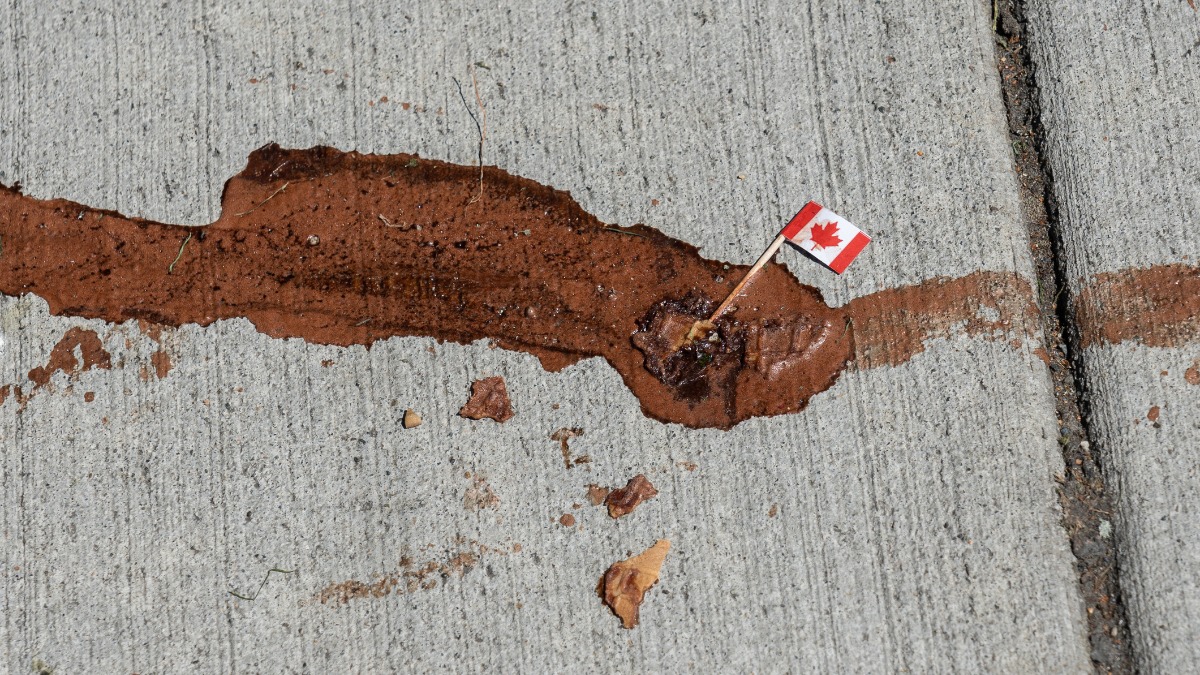Like its ASX uranium counterpart Boss Energy (ASX:BOE) , the yellowcake firm Paladin Energy (ASX:PDN) has opened the chequebook (figuratively at least), claiming Canada’s Fission Uranium Corp (TSX:FCU) in a C$1.114 billion all-scrip deal.
Paladin will, at least, not part with oodles of cash in the transaction, with its shareholders to boast 24% of the combined entity once the 0.1076 share for 1 deal closes.
It’s been pitched at C$1.30 a share, though a 4.5% dive in Paladin stock today will make that ratio a little less attractive.
A 30% premium to Fission’s 20-day VWAP and 25.8% premium to its last trading price of C$1.03, Paladin investors would wind up with 76% of the combined entity and a TSX listing to go with it.
Paladin is, of course, restarting production from its Langer Heinrich mine in Namibia, which had been on ice since 2018 before hitting commercial production for the second time in March.
It comes after uranium oxide prices lifted from under US$30/lb three years ago to US$107/lb in January, reverting back to US$83.50/lb yesterday.
Langer Heinrich is expected to run for 17 years and produce 6Mlbpa. But like Honeymoon mine owner Boss Energy, Paladin appears keen to expand and diversify.
Boss bought a 30% stake in the White Mesa project in the United States, due to start production this year, ahead of the completion of its Honeymoon restart in South Australia.
Paladin, similarly, will diversify, but into Canada’s renowned Athabasca Basin, home to the world’s highest grade uranium mines.
Fission owns the Patterson Lake South project, which could produce 9.1Mlbpa for a decade once it’s in production, which is expected from around 2029.
PLS’ Triple R deposit (yeah, spelled out like that for some reason), contains a reserve of 93.7Mlb at 1.41% U3O8, well below other deposits in the Athabasca, but well above the low grade style of deposit PDN is currently mining in Namibia.
Paladin, which would have combined U3O8 resources of 544Mlb and reserves of 157Mlb, would boast a “Canadian hub” of sorts, with Paladin already owning the Michelin deposit.
A PFS on that asset, which is in not in Saskatchewan’s Athabasca but the remote territory of Labrador, is due in FY2026.
No asset sales
Both Paladin MD Ian Purdy and Fission boss Ross McElroy expressed confidence the new asset could navigate the Canadian provincial and federal approval processes, saying the timeline for PLS was realistic.
Asked by Bell Potter’s Regan Burrows whether any of Paladin’s secondary assets could be up for grabs in an enlarged group – including exploration projects in uranium shy jurisdictions WA and Queensland – Purdy said nothing would be on the market.
“Absolutely not Regan, it’s like saying which child do you want to give away?” Purdy purred.
“The portfolio just works so well. We’ve got a producing asset in Langer Heinrich that’s going to be pushing out cash starting next month.
“We’ve got a serious project that’ll be ready for development ’27-’29 which will go after. The Michelin project is PFS, which is fantastic, but low spend.
“And the exploration potential will wind up and wind back as we choose to, depending on out priorities, our free cash and our targets.
“The Australian assets … we’re not required to work them but there’s fantastic long-term optionality. We’ve got a project pipeline that is in production today that could theoretically producing uranium by 2060.
“I’ll be long gone, Ross may still be here, but I’ve got no intention to rationalise our portfolio.”
The company wouldn’t comment specifically on the price used to back the deal, though Purdy said the deal made sense in any price environment.
“It’s interesting, this is a transaction Ross and I agree we would do at any point in the cycle, it just makes sense putting those assets together,” Purdy said.
“We’ve got world quality assets that stack up in the full cycle and the combination and opportunity this provides, and the scarcity factor of large global uranium producers with growth prospects and exposure to the upside on uranium … you can count on less than one hand.
“It’ll work at any point in the cycle.”
An answer that of course begs the question why is wasn’t done at a far cheaper point in the cycle when these stocks cost less and, by the by, Langer Heinrich was on ice owing to weak uranium prices.
PDN closed 5.14% lower today after announcing the deal late yesterday, while Fission surged 15.5% in overnight trade to C$1.19 (MC C$998m).
And on the markets
It was a more positive day for resources stocks, who joined the broader ASX to move into the green, materials up 1.83% for the day.
Higher precious metals prices helped, while talk from US Fed figures on cutting interest rates is getting a bit more hopeful.
Coronado Global Resources (ASX:CRN) was little changed despite a decision from Czech coal and energy investor Sev.en Global Investments not to buy The Energy and Minerals Group’s majority stake in the ASX listed US-Australian coal miner.
Spartan Resources (ASX:SPR) was up on news Citi brokers were in the market trying to buy a 10% stake in the rising gold explorer.
Today’s Best Miners
Spartan Resources (ASX:SPR) (gold) +11.6%
Chalice Mining (ASX:CHN) (nickel/PGE) +6.5%
West African Resources (ASX:WAF) (gold) +3.9%
Iluka Resources (ASX:ILU) (mineral sands/rare earths) +3.6%
Today’s Worst Miners
Piedmont Lithium (ASX:PLL) (lithium) -6.7%
Red 5 (ASX:RED) (gold) -6.2%
Paladin Energy (ASX:PDN) (uranium) -5.1%
At Stockhead, we tell it like it is. While Spartan Resources was a Stockhead advertiser at the time of writing, it did not sponsor this article.
The post Monsters of Rock: An acquisition no one asked for has Paladin in the red appeared first on Stockhead.






















